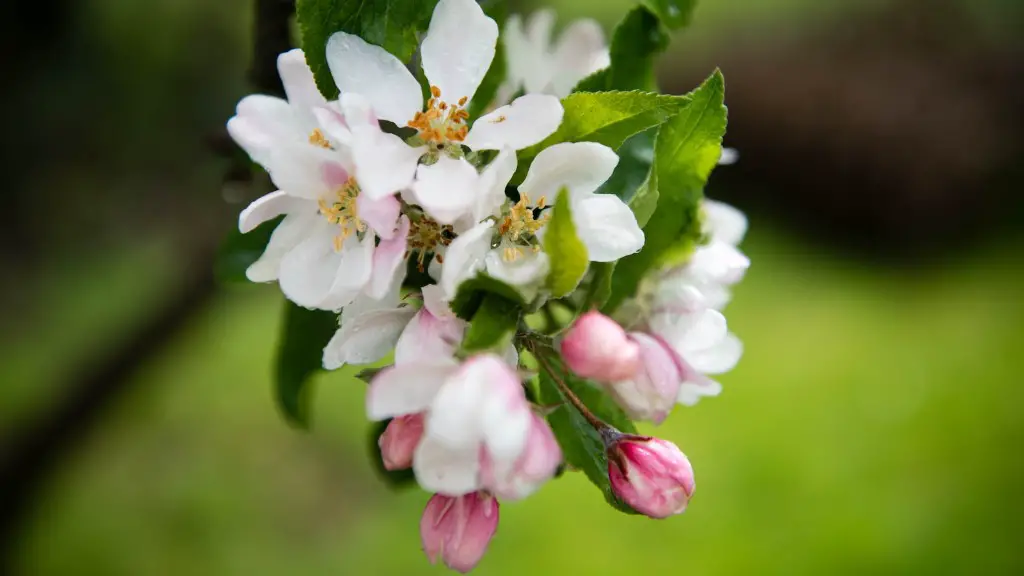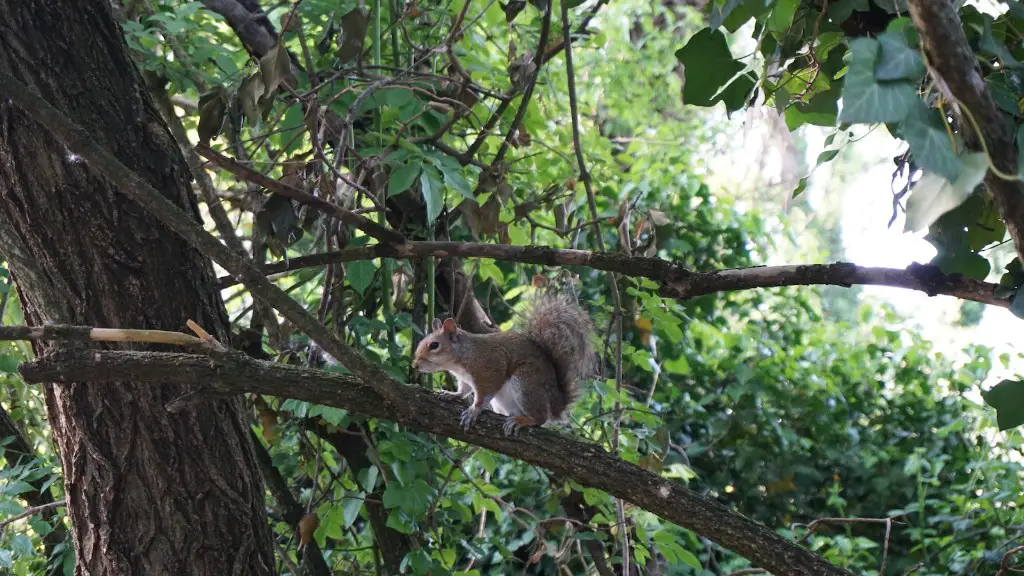Moving an apple tree without killing it can be quite a challenging task. It is important to consider the age of the tree, the tree’s size, and the distance it needs to be moved. There are several steps that should be taken to ensure the tree survives the move and most of these steps should be done before the tree is lifted. If done correctly, your apple tree can live a healthy and fruitful life in its new home.
Preparing the Root Ball Before Moving
Before attempting to move the apple tree, you should inspect the roots. The root system should be examined to make sure there are no major roots that are broken, attaching it to the existing soil. If there are roots like this, you will need to be careful when removing them because they can easily cause damage to the tree. Once all major roots are taken care of, the tree should be pruned carefully so that the tree is no longer grounded. Doing this will help ensure the tree is able to survive the move.
Time for Moving the Tree
It is best to move an apple tree during the winter or early spring when the tree is dormant. At this time, the tree is much less likely to be disturbed due to the lack of foliage and branches. When moving the tree, you’ll need to be careful not to break the roots and cause any damage. If you can, use a tree spade machine or hire a professional to aid in the job. Once the tree is lifted, you should place the entire root ball gently into a container filled with moist soil and straw.
Transporting the Tree
When transporting the tree to its new location, it is important to keep the root ball wrapped up and moist. If possible, limit the amount of time the tree is in the moving vehicle, as this will reduce the chances of the tree’s roots being damaged. You should also keep the apple tree away from direct sunlight and wind, as too much exposure could harm the tree. Once you have arrived at the new location, you can start to unwrap the tree and place it in its new home.
Caring for the Tree Post-Movement
Once the apple tree has been moved, it will need some time to adjust. After the tree is placed in its new home, it is important to continuously check the roots for any damage and make sure that the tree is irrigated to help it become established. Once the roots start to show signs of growth, you can begin to prune the tree and apply fertilizer as needed.
Protecting the Tree from Disease
When moving an apple tree, you should be aware that the stress of being moved could easily cause the tree to become susceptible to disease. To protect the tree from disease, it is important to properly prune it once it has been moved and also to cultivate the soil around the tree so that it can get the nutrients it needs. Additionally, it is wise to apply a fungicide to the tree as a form of prevention.
Creating an Ideal Growing Environment for the Tree
When creating a new home for your apple tree, you should focus on providing it with a space that is suitable for its growth. You should select an area with good soil drainage and a place that receives plenty of sunlight. It is also essential to make sure that the area is well-protected from harsh winds and weather. Providing the tree with a quality growing environment can go a long way to ensuring its health and success.
Nourishing the Tree with Nutrients
To prevent the tree from becoming nutrient-deficient, you should fertilize it regularly. Compost or organic matter can be added to the tree’s soil to help with the absorption of the nutrients. Additionally, you should make sure to water the tree when the soil becomes dry. By following these tasks, you can be sure that your tree will be healthy and happy.
Monitoring the Health of the Tree
When your tree has been moved, you should closely monitor it to ensure it is in good health. You should keep an eye out for any signs of stress, such as wilting or yellowing leaves. If you notice any of these issues, you should take quick action to address them. Additionally, be sure to check for any pest infestations that could be damaging the tree.
Maintaining its Structural Integrity
Once your apple tree has been moved, it is important to maintain its structural integrity as it grows. Pruning and training the tree should be done regularly to make sure its branches are not growing out of control. Additionally, make sure you are providing your tree with the proper support, such as stakes or trellises. Doing these tasks consistently will help your tree remain healthy and strong.


